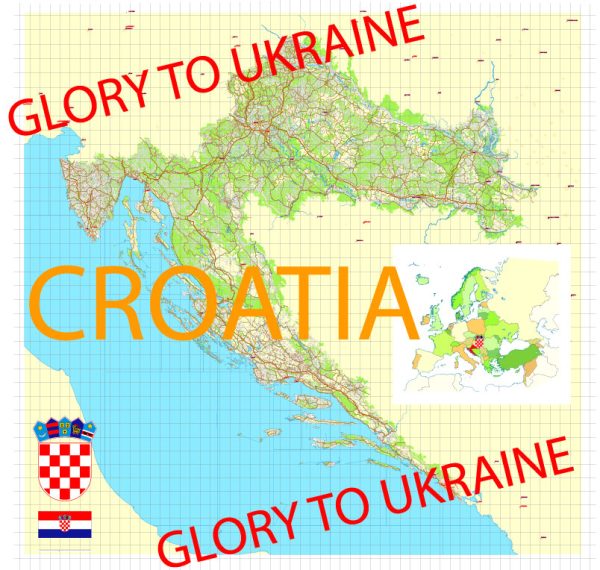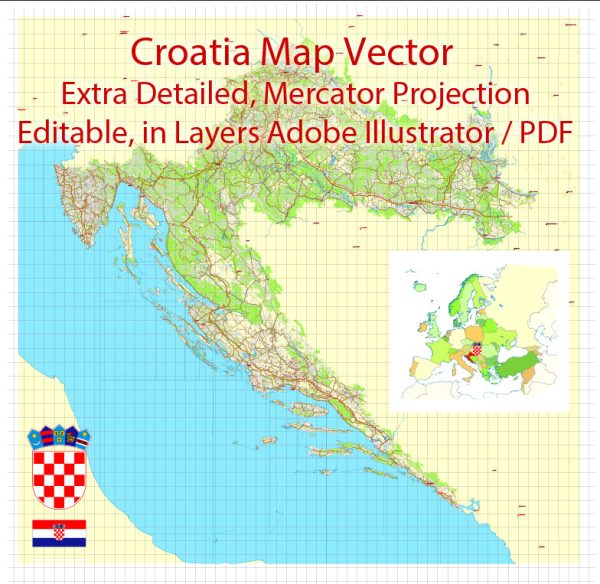Croatia’s history of urban development is rich and diverse, reflecting the country’s long and complex history. The development of urban centers in Croatia can be traced back to ancient times, with influences from various cultures and civilizations.
- Roman Period (1st century BC – 5th century AD): During the Roman Empire, the territory of present-day Croatia was part of the province of Pannonia. Roman urban planning and architecture left a significant imprint on the region. Cities like Pula (known as Pola in Roman times) and Salona (near modern-day Split) became important administrative and economic centers with well-designed streets, forums, temples, and amphitheaters.
- Medieval Period (6th century – 15th century): With the fall of the Western Roman Empire, the territory was subjected to various invasions and migrations. The arrival of Slavic tribes in the 6th and 7th centuries significantly shaped the region. Coastal cities like Dubrovnik (Ragusa) and Split continued to play important roles, with Dubrovnik emerging as a powerful maritime republic. The architecture of this period often incorporated Roman and Byzantine elements.
- Venetian Influence (15th century – 18th century): Venice exerted significant influence along the Adriatic coast, including parts of modern-day Croatia. Cities such as Rovinj and Zadar saw the construction of impressive palaces and fortifications during this period, blending Gothic and Renaissance styles.
- Habsburg Rule (18th century – 20th century): The Habsburg Monarchy controlled parts of Croatia from the 16th century onwards. Zagreb, the capital, experienced significant growth during the 18th and 19th centuries. The Habsburgs introduced Baroque and later, neoclassical architectural styles. The cityscape began to evolve with squares, parks, and grand public buildings.
- Yugoslav Era (20th century): After World War I, Croatia became part of the Kingdom of Yugoslavia. Urban development continued, with an emphasis on industrialization and modernization. The capital, Zagreb, expanded, and socialist architecture influenced the design of public buildings.
- Post-independence Period (1991 – present): Croatia gained independence in 1991. Post-independence, urban development has focused on revitalizing historical centers, preserving cultural heritage, and accommodating modern infrastructure. Cities like Dubrovnik and Split have become popular tourist destinations, showcasing a blend of historical and contemporary architecture.
Throughout its history, Croatia’s urban development has been shaped by its geopolitical position, diverse cultural influences, and the resilience of its cities through various historical challenges. Today, Croatian cities successfully balance modernization with the preservation of their rich historical and cultural heritage.



 Author: Kirill Shrayber, Ph.D.
Author: Kirill Shrayber, Ph.D.